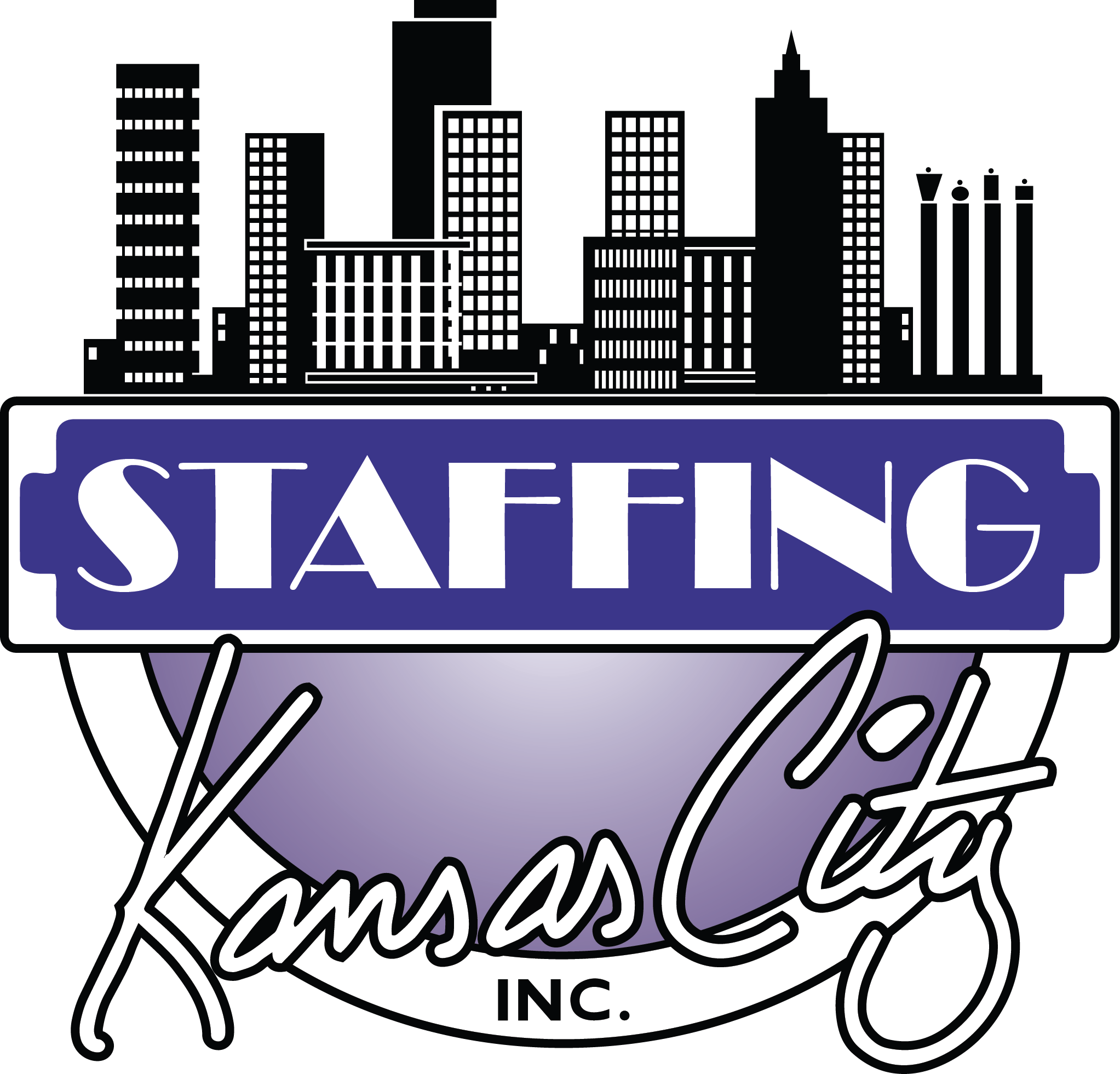Defining the Gig Economy and Players
The vernacular of the gig has a new definition, one that has nothing to do with the storage potential of an iPhone or the cost of cellular data. In the workforce, the gig is redefining how we look at work and offering new choices of how we work within the environment. With pensions and gold watches for service effectively a thing of the past, the gig economy has the potential to offer people new work path options that allow the ability to choose work that best suits their situation, whether that’s short-term and freelance assignments or longer-term contract work.
Disruption Nation
While not everyone is familiar with the phrase “Gig Economy”, it has some tenure, being first coined during the Great Recession. With the much of the recession thankfully behind us, the gig economy remains strong, enabling workers with an increasingly viable option for making a living wage. So just who is keeping the gig economy flush? A report from the McKinsey Global Institute defines these scrappy, independent workers as free agents, reluctants, casual earners and financially strapped.
Gig Players
Free Agents – choose independent work, it’s their primary income source
Casual Earner – use occasional work to supplement income
Reluctants – do gig work but would prefer a full-time position
Financially Strapped – rely on gig work out of necessity
*McKinsey Global Institute
Staying Flexible
Despite fewer recession-related pressures, employees still must work within an environment where software and artificial intelligence replace human workers. Not to mention weathering the ebbs and flows of corporate America’s hiring and firing and a growing need to establish a work-life balance. Considered from a broader perspective, the gig economy is symbolic of a greater cultural shift where more people look to break out of the 8-5 mold and create their own path. Services such as Uber and Airbnb fall into this category and often offer cheaper, more efficient services but also can include contract services such as programming, teaching and design work.
Finding the Balance
Investopedia estimates one-third of the population currently work in some form of a gig economy currently. While most of us know someone, who pieces together a workday with several part-time and freelance jobs, it’s still tricky to define what constitutes a gig, according to the ASA Workforce Monitor. One person could easily define their work as a gig while someone else calls it a side hustle or freelance.
In the immediate term, the gig economy continues to change the landscape of staffing and hiring, providing a measure of some control over work-life balance and the ability to create a schedule that works for the individual and the company. More gigs translate into the possibility of additional skill building across multiple industries, creating the potential for more well-rounded employees with not-so-typical experiences.
This article is brought to you by Staffing Kansas City, a Kansas City employment agency that provides contract-to-hire and direct hire placements, in addition to contract employment services.
